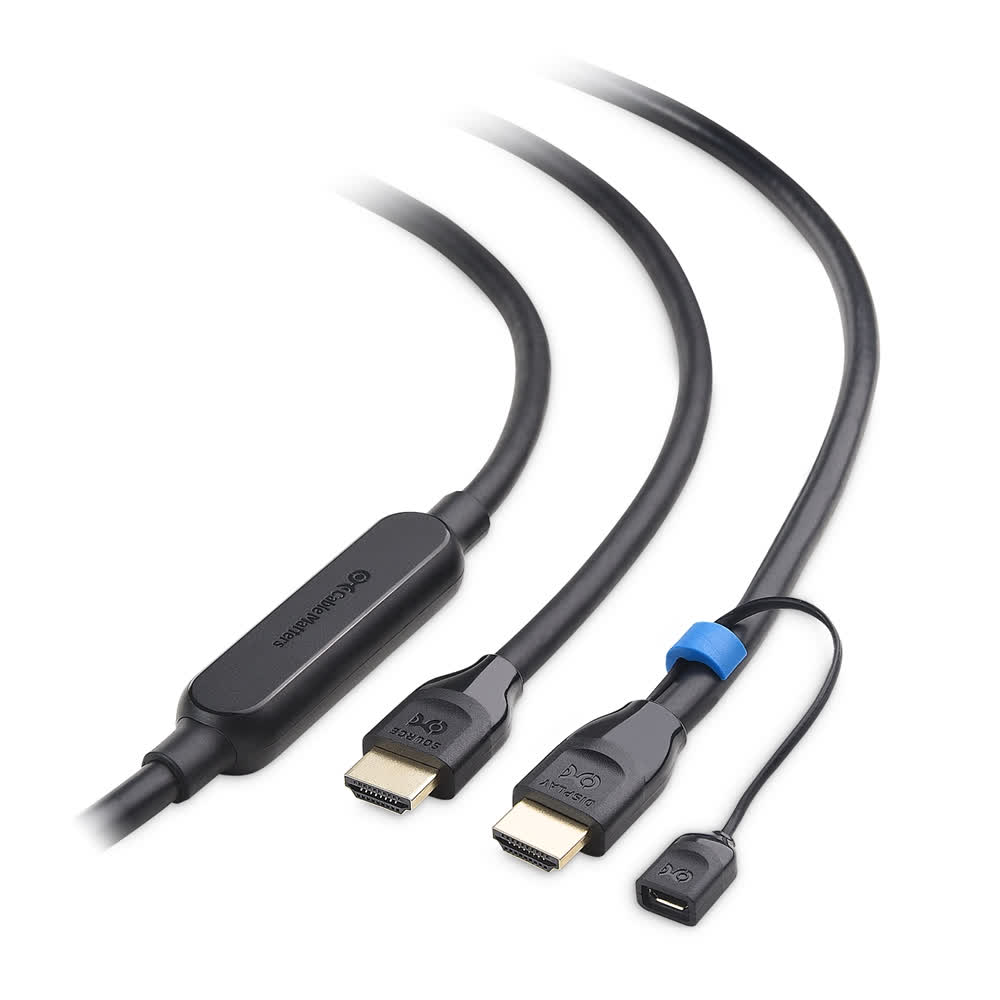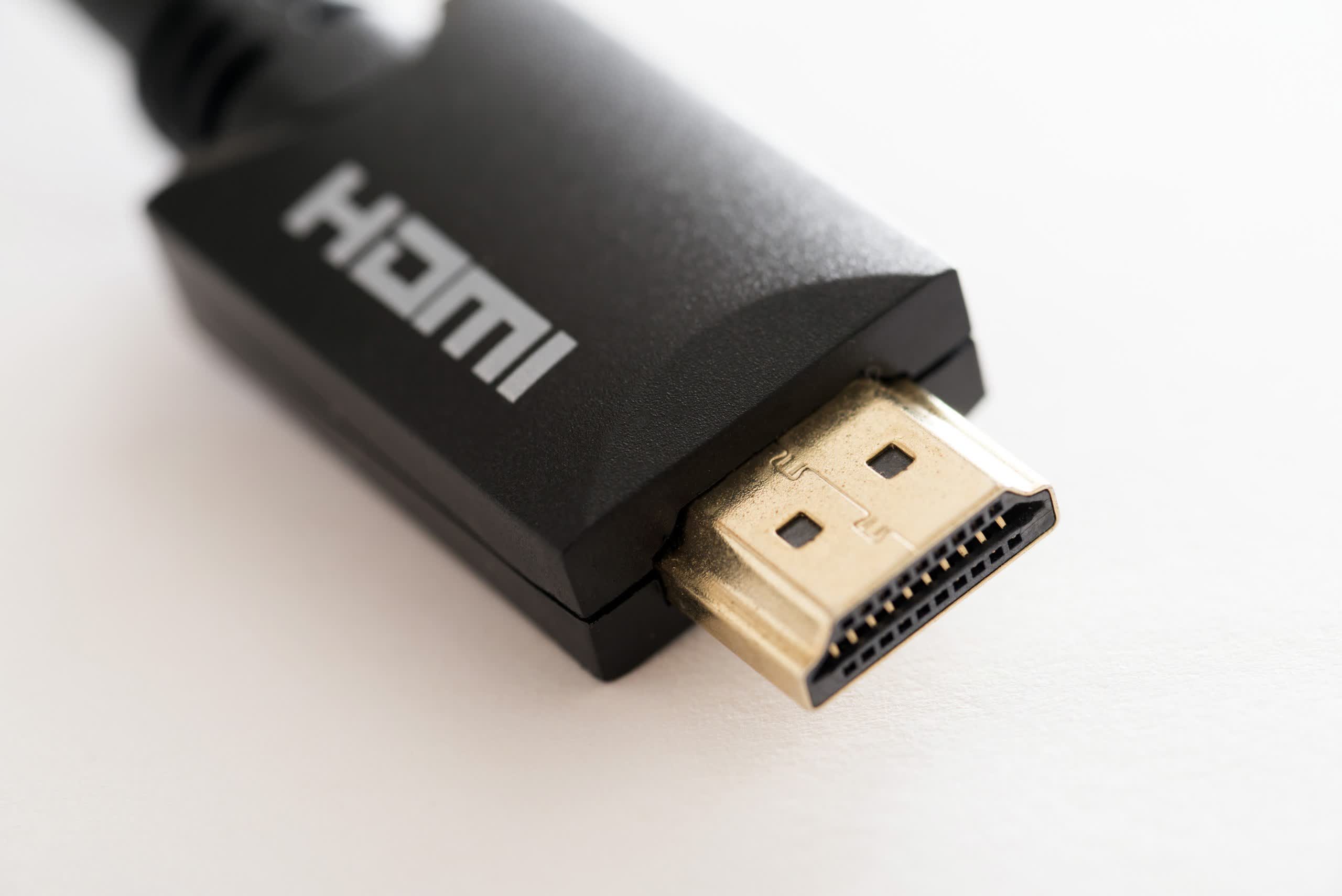TL;DR: Longer active HDMI cables usually have a micro USB or USB-C connector to supply power to the internal chipset used for signal boosting. These ports won't be needed anymore if you get a cable and a source device that are both certified to support HDMI Cable Power.
The HDMI Forum has just announced a new amendment to its HDMI 2.1a standard. It adds support for HDMI Cable Power, which will allow active cables to draw power directly from the connector without needing a separate power cable.
Passive HDMI 2.0 cables can extend over 10 meters while maintaining support for the maximum bandwidth. The newer HDMI 2.1 spec almost tripled the maximum net data transfer rate, but that comes at a cost. Currently, the best passive cables that support the full 48 Gbps can reach about 3 meters before they run into difficulties with signal attenuation.

If you need to go further than that, active cabling is the answer. These have chips and retimers inside of them working together to reduce signal jitter. Standard HDMI cables are rated to carry up to 50 mA, which usually isn't enough to power their internal circuitry.
HDMI Cable Power raises that limit to 300 mA at 5V, eliminating the need for a separate USB connector for power. Essentially, active cables with HDMI Cable Power support will plug in just like passive cables, except they'll be unidirectional, with one end only plugging into the source and the other only into the display.
Finally, the source device has to support the HDMI Cable Power spec as well. The HDMI Forum says that consumers should check a device's specifications or packaging to determine whether the feature is supported.
